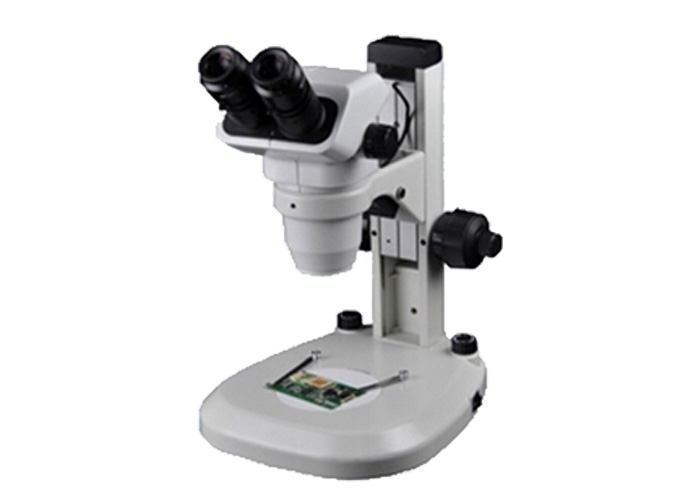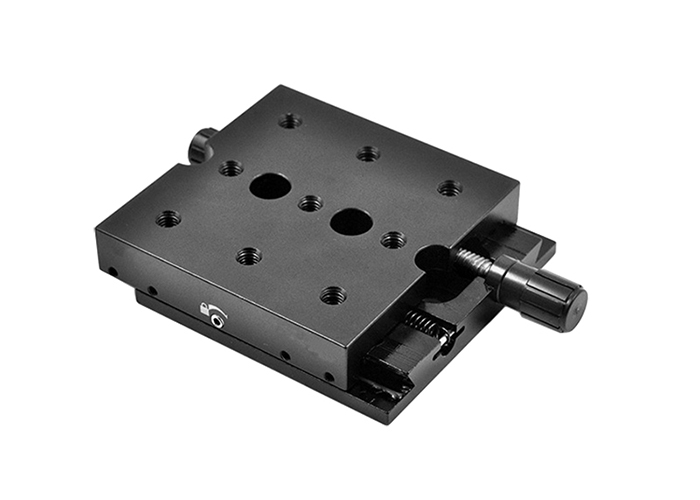Due to objective conditions, any optical system cannot produce a theoretically ideal image, and the presence of various aberrations affects the image quality. The term "aberration" refers to a phenomenon in which the image of a measuring microscope or a stereo microscope lens or a mirror is not exactly the same as the original. The aberrations can be divided into the following categories:
Chromatic aberration
The color difference generally has positional chromatic aberration and magnification chromatic aberration. The positional chromatic aberration causes the image to be spotted at any position with a stain or halo, making the image blurry. The magnification chromatic aberration causes the image to have colored edges. The main function of the microscope optical system zui is achromatic.
Spherical aberration
The spherical aberration is the monochromatic phase difference of the points on the axis, which is caused by the spherical surface of the lens. The result of the spherical aberration is that after a point is imaged, it is not a bright spot, but a bright spot whose middle bright edge is gradually blurred, thereby affecting the image quality. The correction of the spherical aberration is normally eliminated by the combination of the lenses. Since the spherical aberration of the convex and concave lenses is reversed, the convex and concave lenses which are optionally made of different materials are glued together to be eliminated.
Cooma
The coma is a monochromatic aberration of the off-axis point. When the off-axis object is imaged by a large aperture beam, the emitted beam passes through the lens and does not intersect at a point. The image of a spot will be comminuted, such as a comet, so it is called "comparison". The use of axial parallel light eliminates coma.
Astigmatism
Astigmatism is also an off-axis point monochromatic aberration that affects sharpness. When the field of view is large, the object point on the edge is far from the optical axis, and the beam is tilted greatly, causing astigmatism after passing through the lens. The astigmatism causes the original object to become two separate and perpendicular short lines after imaging, which are combined on the ideal image plane to form an elliptical spot. Astigmatism is eliminated by a complex combination of lenses.
Curvature of field
The field song is also called "image field bending". When the lens has field curvature, the intersection of the entire beam does not coincide with the ideal image point. Although a clear image point is obtained at each specific point, the entire image plane is a curved surface.
Our company export Microscope Objective, we have a whole set of quality management system. If you have interested in our products, pls feel free to contact Microscope Objective Supplier.














